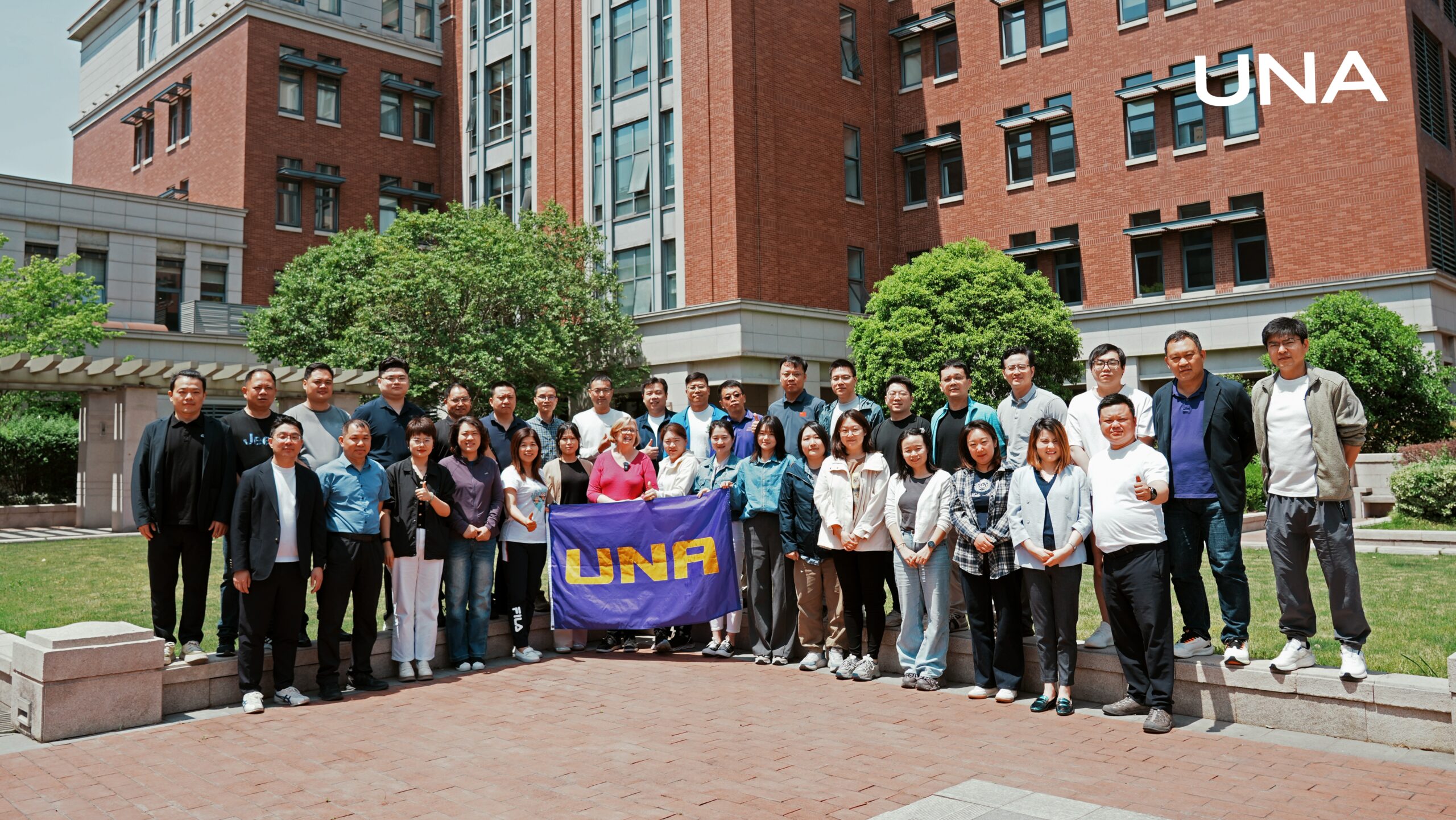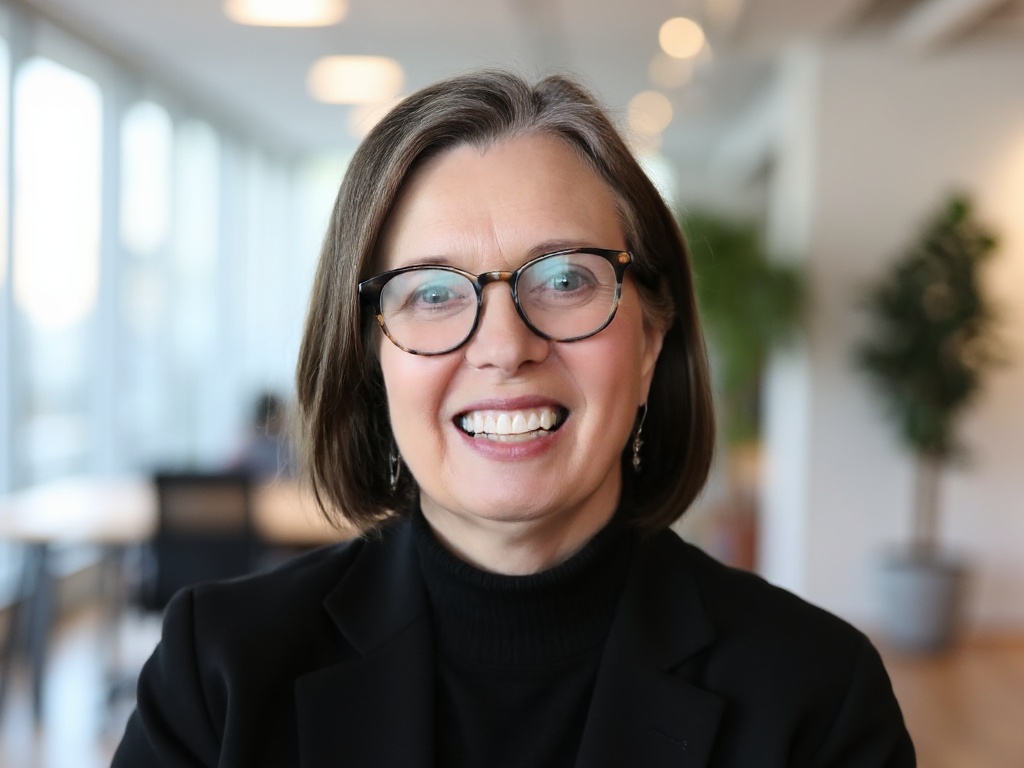Agile Leadership Crosses Cultures
Something I’ve found interesting for the almost-decade I’ve been teaching the principles is how agile leadership crosses cultures – but not always without adjustments. I was particularly interested to see how this would go when I taught Strategic Doing to UNA’s EMBA students in Suzhou, China.

I was especially looking forward to the conversation about a couple of the concepts One is the idea of creating a safe space. We often suggest that groups think about holding meetings in places they don’t usually gather, which can be a stretch in some settings. – there is such a thing as ‘meeting culture’ in every organization and it can be hard to break habits even if they’re not always productive. This seemed to be the case for the Chinese students. The idea of meeting outside their company was a new one to many of them.
Related to safe space is the idea of equity of voice. I’ve experienced in the US that in some cultures, it can be challenging to balance the idea of equity with giving appropriate honor to a group’s elders and making sure they are heard. Not paying attention to the latter can actually make a space feel less safe, for everyone. Asian cultures certainly value this principle . At the same time in China there is an overlay of wanting to stay clear of what might be considered artifacts of an imperial past. It’s complicated!
The Takeaway
I sometimes joke in trainings that the answer to every question is “It depends.” That’s true in considering how agile leadership crosses cultures. The principles do indeed cross – but exactly how they should be carried out might look different in different settings. As the students I taught begin to experiment with what they learned in class, I’m looking forward to learning from them about how they’ve adjusted the ideas to their own contexts.

Liz shepherds the expansion of the Lab’s programming and partnerships with other universities interested in deploying agile strategy tools. A co-author of Strategic Doing: 10 Skills for Agile Leadership, she also focuses on the development and growth of innovation and STEM education ecosystems, new tool development, and teaching Strategic Doing.
